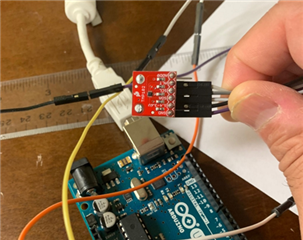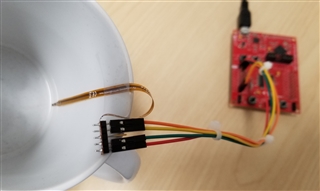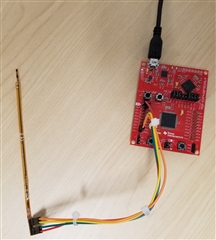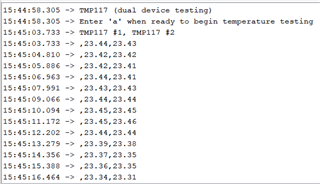Other Parts Discussed in Thread: ENERGIA, TMP117, TMP116
Hi there,
This is Neeraj from InspiRx inc. Recently we ordered TMP102 for one of the applications. We are conducting studies where we wanted to measure temperature changes in the spacer. Right now, we are directly putting the sensor into the spacer and measuring the temperature differences during cycles. Is there any way where we can attach or temperature pin or probe directly to the sensor and insert the probe into the spacer instead of the sensor? Can you please let me know if you come across any application or have any thoughts to connect pin/probe to sensor directly and also, what would be the best material for that pin/probe? The length of the pin must be approx. 10mm. Thank you in advance!!
Regards,
Neeraj.







